Clotting and Bleeding Disorders Social Media Resources
Help bring greater awareness to clotting and bleeding disorders by sharing these graphics and sample posts on your social media channels.
Tag us! @BloodHealthEd on X



Bleeding disorders affect the way the body controls blood clotting.
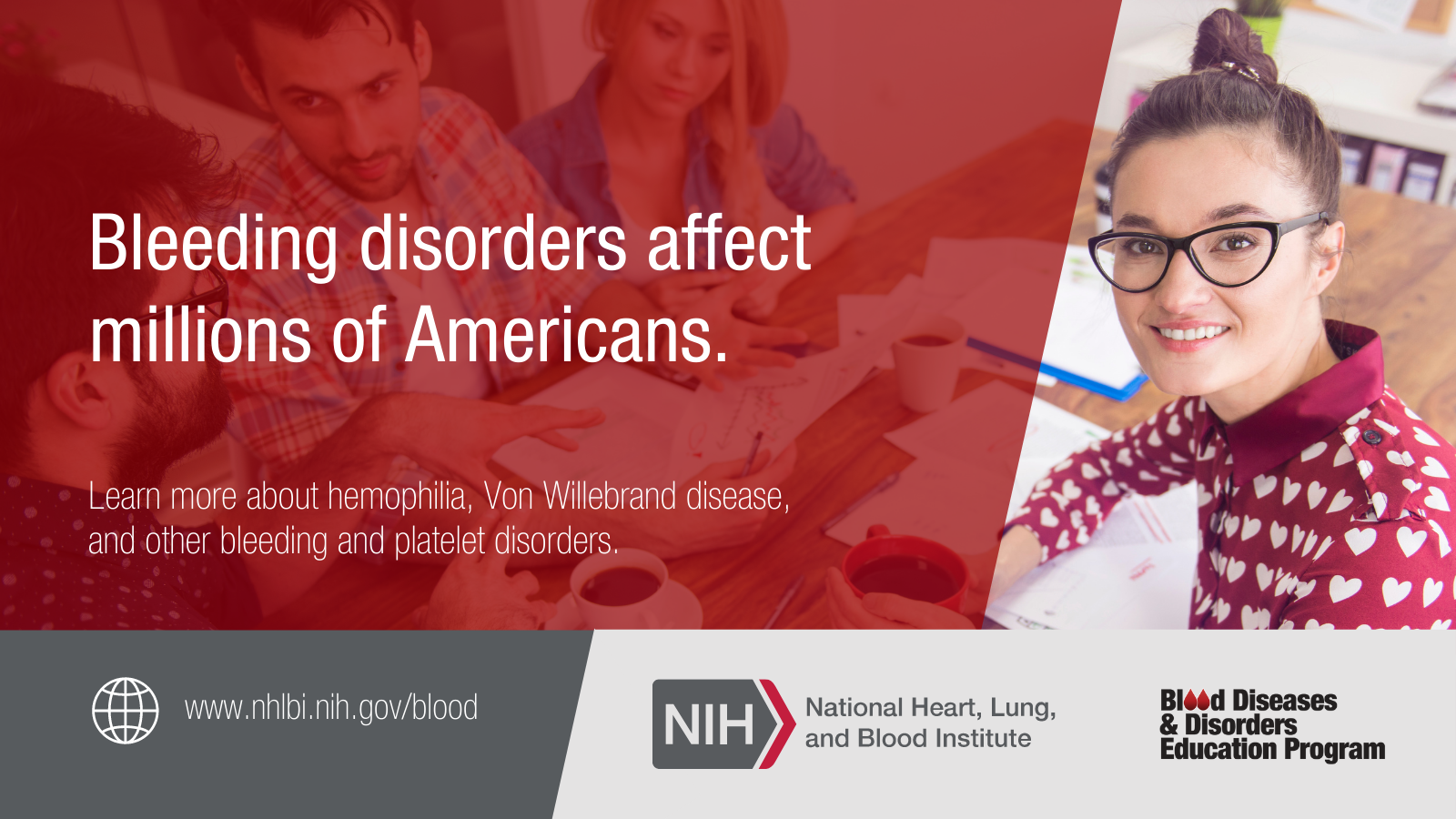


If you have a bleeding disorder, be sure to:
- Follow your treatment plan.
- Keep all your medical appointments and tell your doctor about any changes in your symptoms.
- Talk to your doctor about treatment centers for people with bleeding disorders.
- Maintain a healthy lifestyle.
- Learn how to lower your risk of complications.


Pregnancy can make you five times more likely to have a blood clot. Some clotting disorders can raise the risk of blood clots during pregnancy even more.


Doctors diagnose bleeding disorders based on:
- Symptoms
- Risk factors
- Medical and family history
- A physical exam
- Blood tests


Signs and symptoms of bleeding disorders may include:
- Blood in urine or stool
- Frequent large bruises
- Heavy menstrual bleeding
- Redness, swelling, stiffness, or pain in muscles or joints
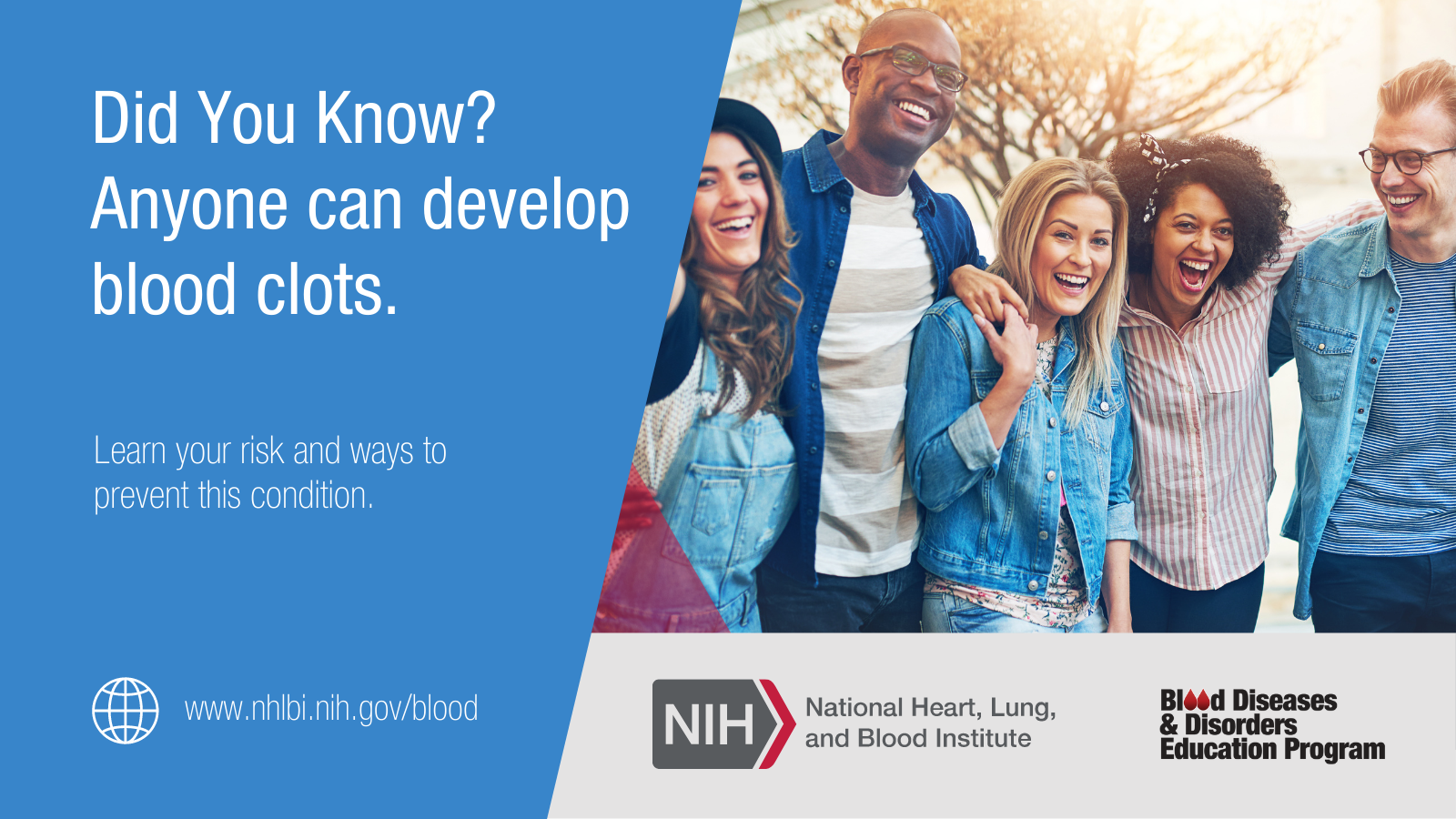

Did you know? Anyone can develop blood clots. Learn your risk and ways to prevent this condition
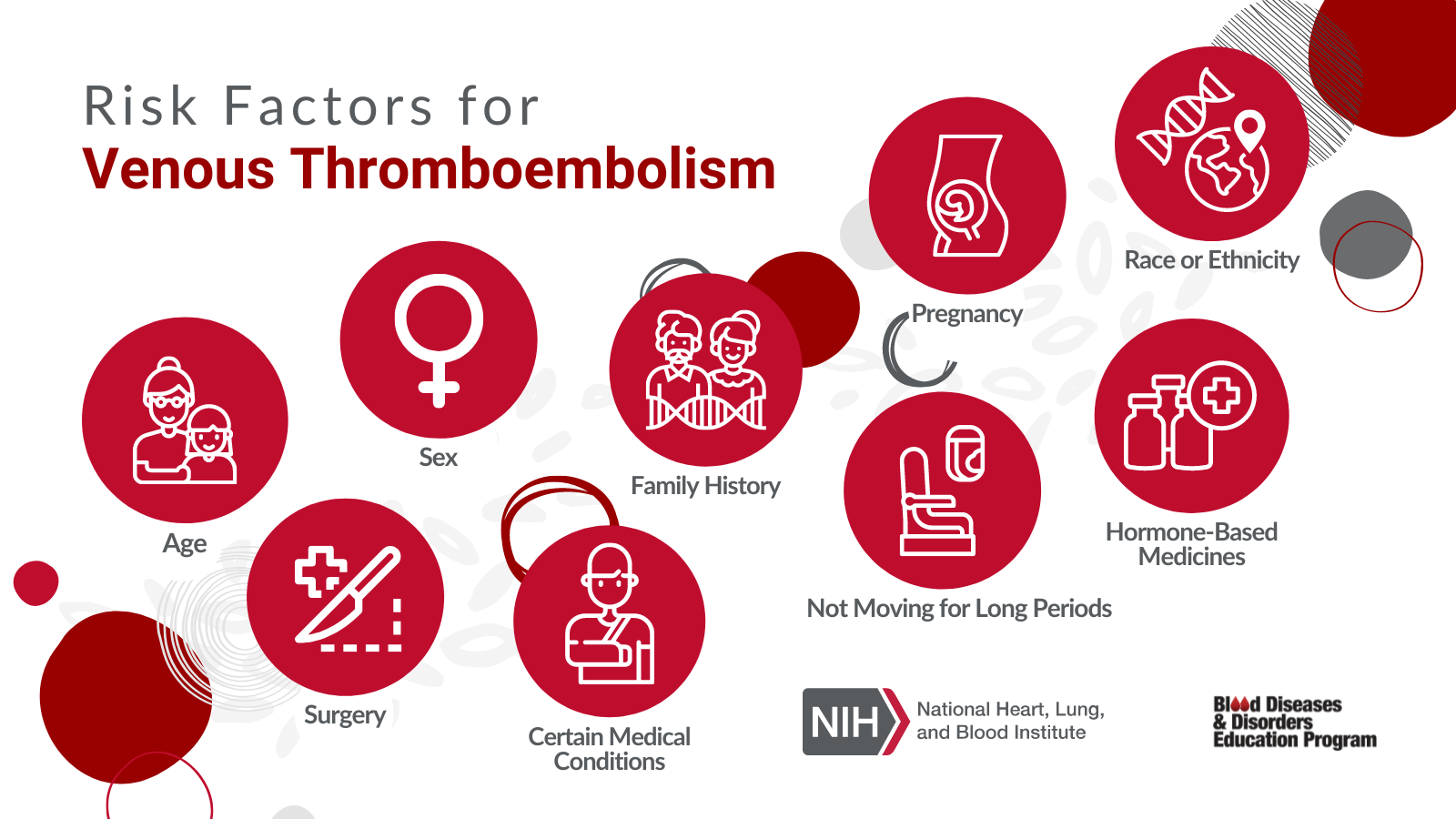

Risk factors for venous thromboembolism age, surgery, sex, certain medical conditions, family history, pregnancy, not moving for long periods, race or ethnicity, and hormone-based medicines.


Did you know? Hemophilia affects people from all racial and ethnic groups.


Risk for deep vein thrombosis (DVT) and pulmonary embolism is highest: after major surgery or major injury with heart failure, cancer, or a heart attack.
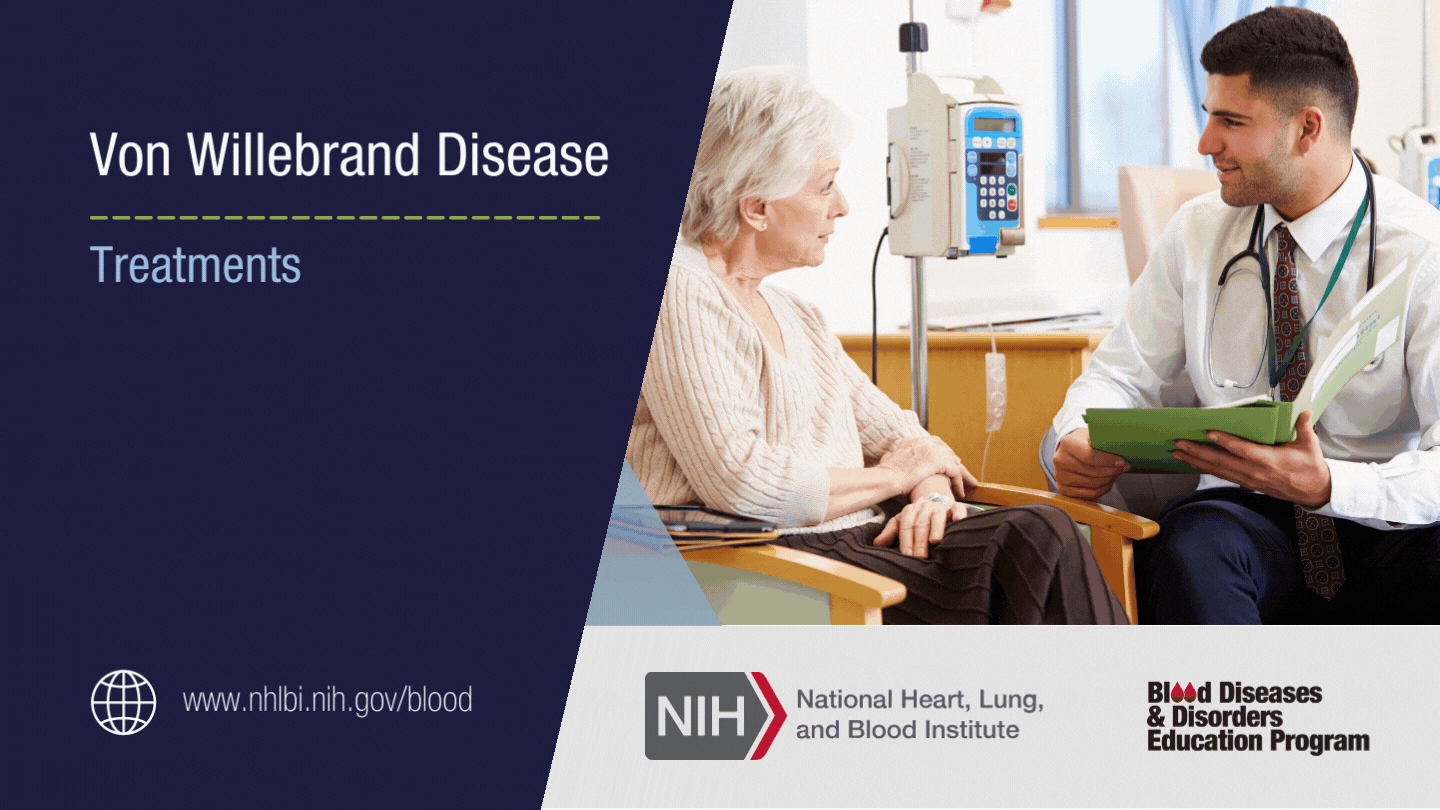

Von Willebrand Disease Treatment: Desmopressin Acetate, Factor Replacement Therapy, Hormone Therapy, Aminocaproic Acid & Tranexamic Acid.
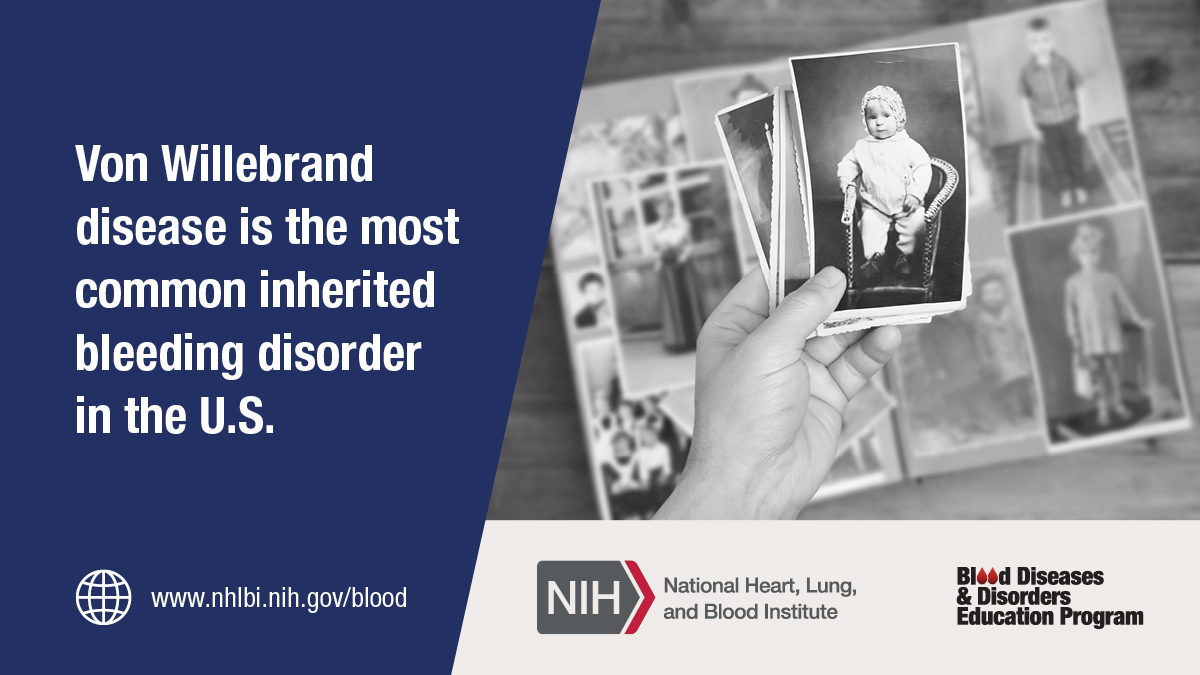

Von Willebrand disease is the most common inherited bleeding disorder in the U.S.


VWD is the most common bleeding disorder affecting women.


- Follow your treatment plan.
- Receive routine follow-up care.
- Maintain a healthy lifestyle.
- Learn how to lower your risk of complication.
Learn how to lower your risk of complication.

